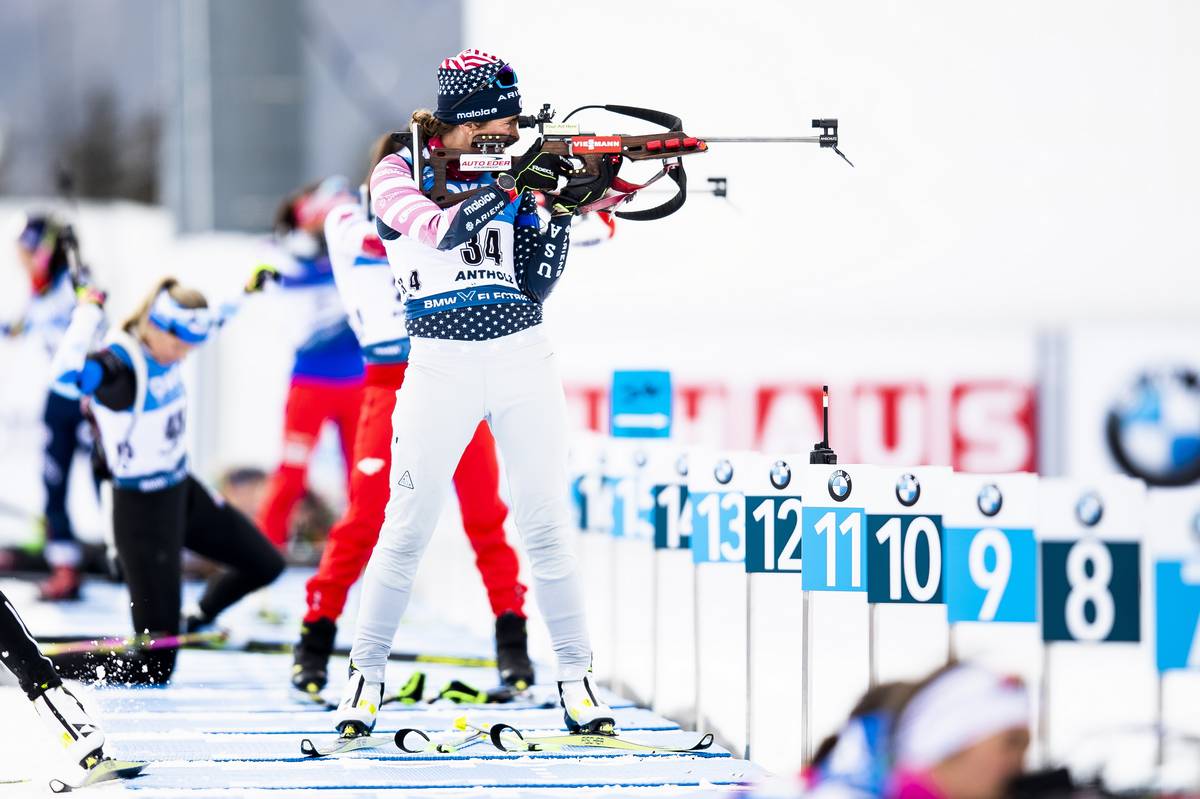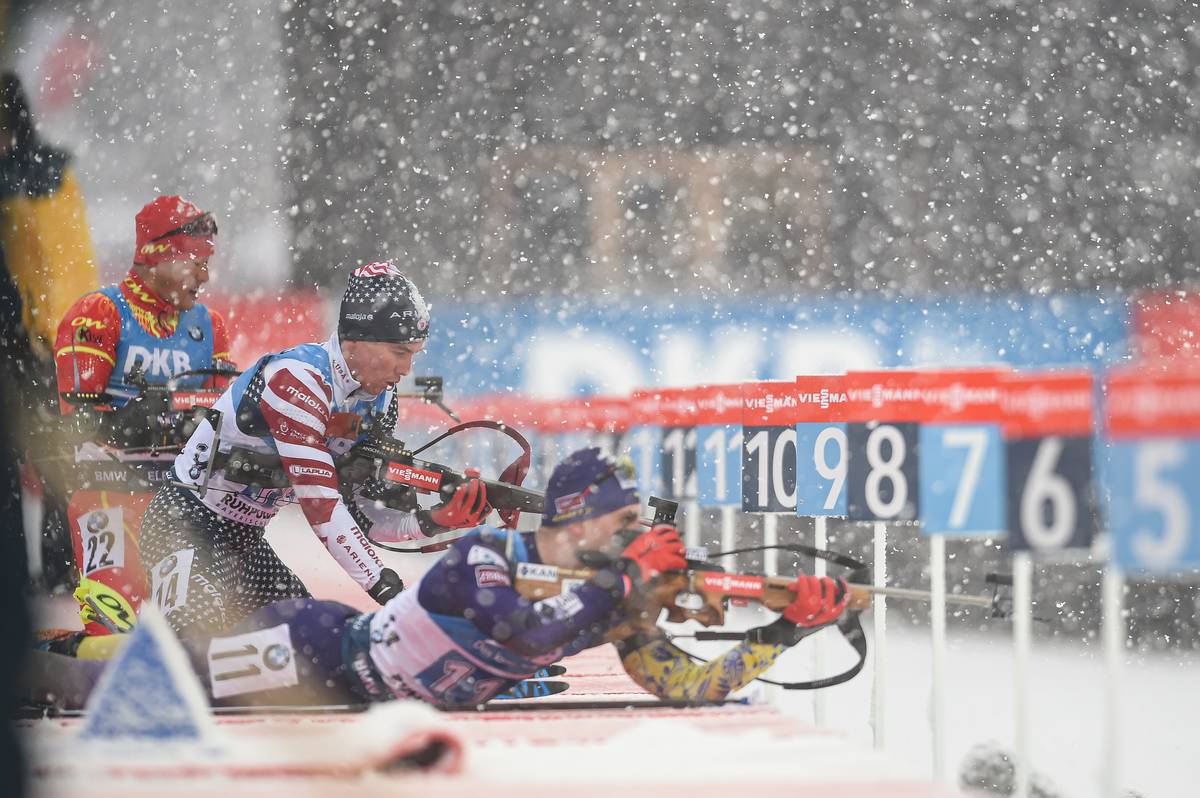
Biathlon for beginners
One of the most popular winter sports is biathlon. However, understanding what is happening in the TV broadcast can be difficult for a beginner.
Biathlon is a sport that combines ski racing and rifle shooting. The first official competitions, resembling biathlon, took place in the late 18th century. Border guards on the Swedish-Norwegian border organized them. However, biathlon became a full-fledged sport only in 1954. About biathlon, there are some exciting online games. And casino reviews India will help you get acquainted with them.
The main tournaments for biathletes are the Olympic Games, held every four years, and the annual world championships, except for the year of the Olympics. World Cup races are also held from late November through March. On average, there are nine to ten races per season, with four to six races each. There are separate races for women and men. The strongest biathletes and biathletes can run about 30 races during the winter season. Those who collectively do it better than others receive the grand prize – the Big Crystal Globe.

Biathletes compete in individual and team disciplines. The main goal of the biathlete is to ski the fastest on the track and cover all the targets on the shooting ranges.
Today you will learn about:
- Biathlon disciplines;
- The requirements for an athlete;
- tips on how to start biathlon on your own.
Disciplines
The most frequent discipline in the World Cup is the sprint. It is one of the shortest but very intense races. The girls have to run a total of 7.5 km and the men 10 km. Each athlete has their start number, which is determined by a draw. The start is as follows: at the appointed time on the track leaves the first athlete. After 30 seconds, the second takes off after him, and in another half a minute – the third, etc. An individual timer is started for each competitor. It means that each biathlete has to manage his own time and not rely on how far or close his competitors are running.
During a sprint broadcast, it is difficult for a novice fan to keep track of which athlete is on which section of the course at any given moment. For example, the broadcast may show the first athlete finishing, then immediately switch to the first shooting session of the number 20 biathlete, while the 40th athlete may only be starting the race at that time. A TV commentator can help you figure this out at first. Similar rules begin in the individual race – the longest in the biathlon calendar: women run 15 km, men – run 20 km.
A day or two after the sprint, the pursuit race (also called the pursuit by the commentators) may be on the calendar. It is a contact type of competition. In it, athletes start not every 30 seconds, but according to the lag they had at the finish of the sprint. As a result, a sprint outsider can rehabilitate himself from a local failure and catch up with the leader in the pursuit. However, only the top 60 finishers in the sprint are eligible for the pursuit.
The mass start is one of the most prestigious events in the program. In sprint and individual events, there are 100-120 starts, but only the top 30 biathletes from each unique event of the IBU World Cup qualify for the mass start. Therefore, to qualify for this race is an achievement in itself—all 30 of the race simultaneously.
Another prestigious type of program is the relay. Four competitors from each team take part in the relay, which runs in turns. The discipline is theatrical: the team, thanks to the efforts of three athletes, can lead the entire race, but the last athlete can “fail” to shoot and leave the whole team without a medal. Therefore, it is essential to have a balanced team, not just one or two strong athletes, to succeed in this discipline.
Relays can be classical (four women or four men from each team run) and mixed (two men and two women from each team are represented in the race). A relatively new type of program – a single mixed relay (one woman and one man from each team run).

Shooting
Biathlon is shot from two positions – lying and standing. In the sprint and relay, one shot from each class, and in the other races, there are two “lying” and two “standing” positions. Depending on the type of race, the shooting events may alternate. In the Pursuit and Mass Start, for example, the order of shooting is as follows: two “lying down” and two “standing” positions, and in the Individual Race – “lying down,” “standing up,” “lying down” and “standing up .”But you always need to cover five targets at each stage.
Missed targets are penalized. Every missed target means the biathlete has to run a penalty lap of 150 m in the stadium. It takes about 22-25 seconds for the strongest athletes. However, in an individual race, a penalty minute is deducted from the elapsed time instead of a penalty lap. That’s why the “cost” of a misfire in this race is the most significant.
How to start a biathlon class?
The main reason for the spectator success of this sport is the unpredictability of results. At the same time, it is naive to talk about the mass nature of biathlon – you will not be able to go out into the yard with a rifle and shoot just like that. The sport imposes a whole set of restrictions, making you wonder: how can you start biathlon?
Find a children’s and youth school near you, an Olympic reserve school, or a section that specializes in biathlon. And even if you are lucky enough to live in a biathlon region, it does not mean you will find an acceptable option. Full-fledged biathlon classes are impossible in large cities, so many schools are located in the suburbs or in small towns. So you need to save time for the trip. If you can find it, sign up. As for the competition in sports schools, they first take everyone, and then the children have eliminated: not everyone passes the tests and can withstand the load. So there is no oversupply of those who want to get there.
When to start?
In biathlon, you can safely give children from the age of eight. Only consider that at first, your child will be engaged in a completely different sport – cross-country skiing. It is the basis of biathlon, without which it is impossible to achieve good results in this sport. At any rate, right now.
Shooting will not be crucial; first, it will be more recreational activity. It might not be that much fun for junior high school students just to run on skis, but if you are allowed to shoot at the same time. Hitting the target and wanting to avoid the penalty lap all add to the excitement of training.
At the same time, all children learn about safety and how to handle weapons. The idea is that this is how, through the game, the child should start to join professional sports if he suddenly wants to tie his fate with biathlon. But this is the ideal. Much, of course, will depend on which coach your child gets.



